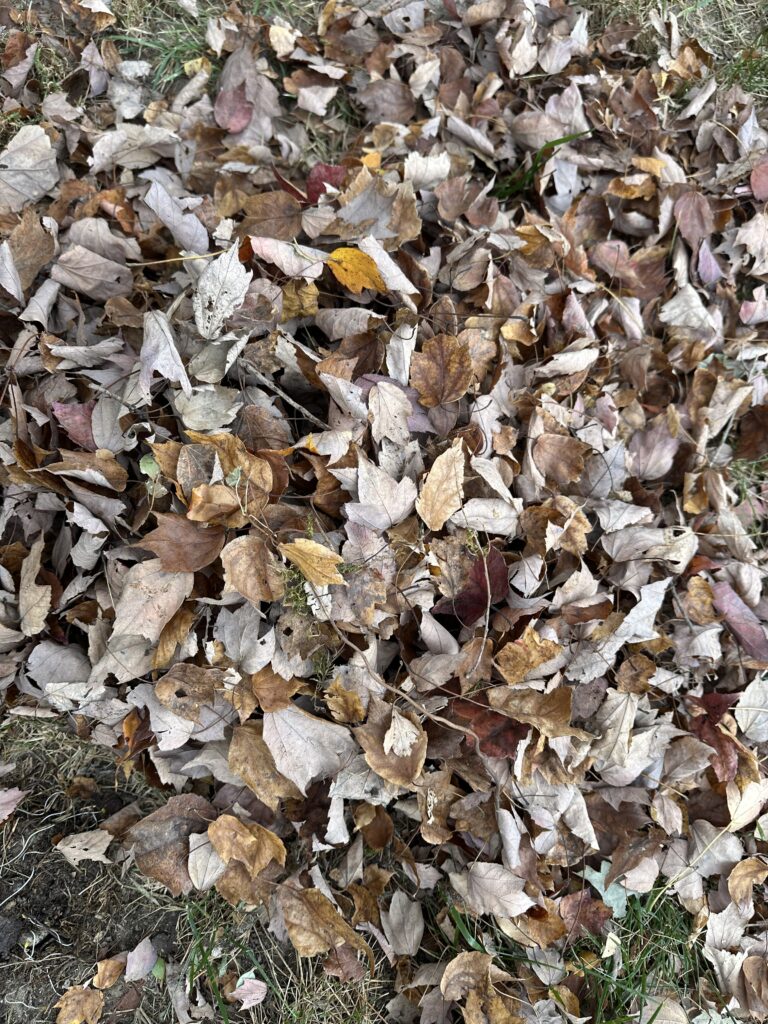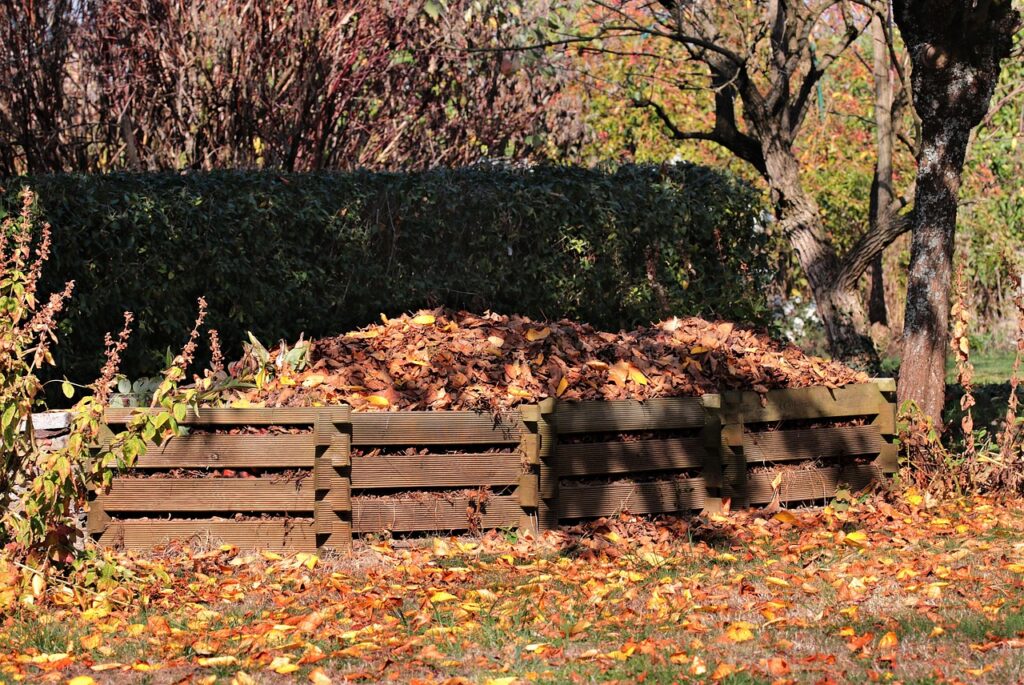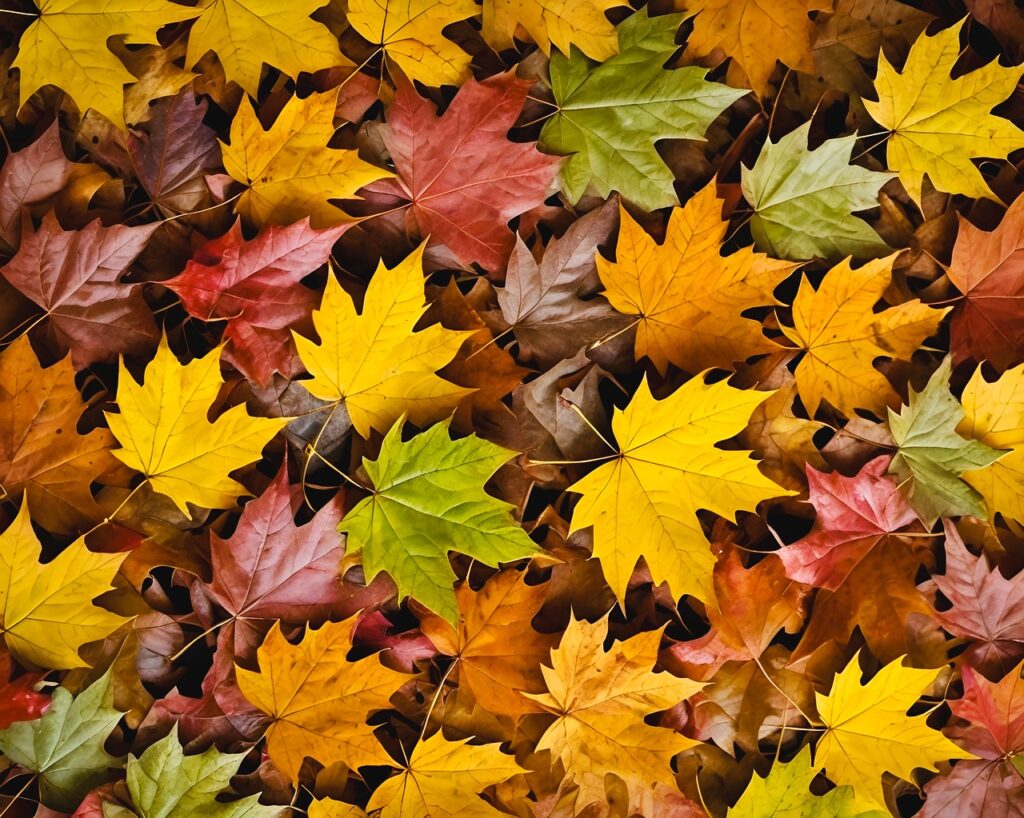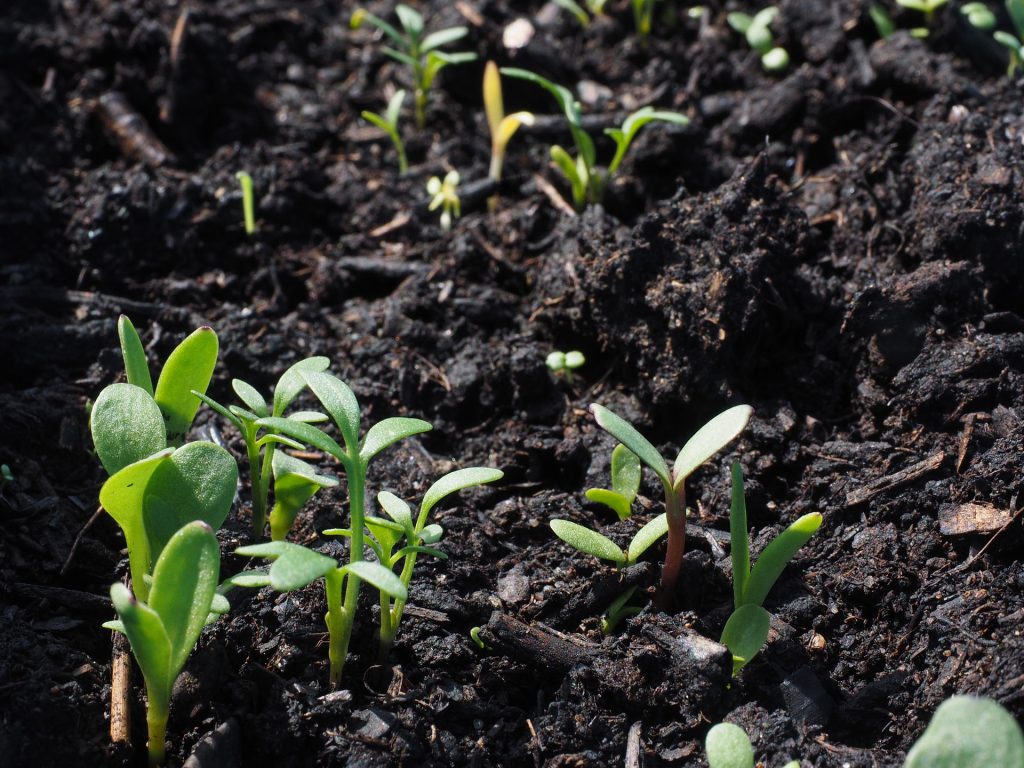The Hidden Benefits of Fall Leaves in Your Garden – Why Fall Leaves Are a Garden’s Secret Weapon
Autumn paints the landscape in rich hues of red, orange, and gold, and while the falling leaves may seem like a nuisance to some, they are an invaluable resource for gardeners. Leveraging fall leaves can lead to healthier soil, reduced gardening costs, and a more sustainable garden ecosystem.
This article delves into the many ways fall leaves can transform your garden, from creating nutrient-rich compost to serving as natural mulch. By the end, you’ll understand why leaving leaves in your garden can be one of the smartest moves you make this season.



Creating Nutrient-Rich Compost
Composting is one of the most efficient ways to recycle fall leaves. Leaves are rich in carbon, a critical component of compost, and when mixed with nitrogen-rich materials like grass clippings or food scraps, they break down into humus—a dark, crumbly, nutrient-rich material.
Fallen leaves may seem like garden debris, but they’re a treasure trove of nutrients! Instead of discarding them, put them to work in your garden.
Benefits of Composting Leaves:
Soil Enrichment: Leaf compost improves soil structure, aeration, and water retention, enhancing plant health.
Reduction in Waste: Instead of sending leaves to landfills, composting recycles them into a valuable resource.
Cost Savings: Compost reduces the need for store-bought fertilizers and soil conditioners.
How to Compost Leaves:
1. Shred the Leaves: Use a mulching mower or leaf shredder to speed up decomposition.
2. Layer Materials: Alternate layers of shredded leaves (carbon source) with green materials like kitchen scraps or grass clippings (nitrogen source).
3. Keep it Moist: Water the pile to maintain a damp consistency, akin to a wrung-out sponge.
4. Turn Regularly: Aerate the pile by turning it every few weeks to promote decomposition.
Composting leaves typically takes a few months, resulting in a nutrient-dense product ready to enrich your garden.
Protecting Soil with Natural Mulch
Another excellent use for fall leaves is as a natural mulch. Mulching involves spreading organic materials over the soil’s surface to retain moisture, regulate temperature, and prevent weed growth.
Advantages of Leaf Mulch:
Moisture Retention: Leaf mulch helps soil retain water, reducing the need for frequent watering.
Temperature Regulation: It insulates roots from extreme temperature fluctuations, protecting plants during winter.
Weed Suppression: A layer of leaves smothers weeds, minimizing competition for nutrients.
Soil Health: As the leaves decompose, they release nutrients back into the soil, fostering microbial activity.
How to Use Leaves as Mulch:
Shred the leaves to prevent matting, which can block water and air from reaching the soil.
Spread a 2-3 inch layer around the base of trees, shrubs, and garden beds, keeping it a few inches away from stems to prevent rot.



Enhancing Soil Health with Leaf Mold
Leaf mold is a specific product of decomposed leaves, distinct from compost, that is particularly effective in improving soil structure. It’s created by letting leaves decompose over a longer period, relying on fungi rather than bacteria for the process.
Benefits of Leaf Mold:
Improves Soil Structure: Adds organic matter that enhances the soil’s ability to retain water and nutrients.
Supports Beneficial Microorganisms: Encourages a diverse microbial ecosystem crucial for plant health.
No Additional Ingredients: Unlike compost, leaf mold doesn’t require a mix of materials—just leaves.
Steps to Make Leaf Mold:
Pile shredded leaves in a designated area or in breathable bags (such as compostable yard waste bags).
Moisten the leaves to jumpstart decomposition.
Leave the pile undisturbed for 6-12 months, checking occasionally for moisture levels.
The result is a fine, crumbly material that can be used as a soil amendment or a top dressing for garden beds.
Fostering Biodiversity in Your Garden
Leaving some leaves undisturbed in parts of your yard can create habitats for various beneficial organisms. Wildlife, including pollinators, relies on fallen leaves for survival.
Wildlife Benefits:
Shelter for Insects: Leaves provide overwintering sites for pollinators like butterflies and beetles.
Habitat for Small Mammals: A leaf pile can shelter creatures such as hedgehogs and frogs, which help control pests.
Nutrient Cycling: As leaves break down, they contribute to the natural nutrient cycle, supporting fungi, bacteria, and other soil organisms.
Reducing Garden Maintenance and Costs
Using fall leaves strategically in your garden can save time and money:
Reduced Cleanup Effort: Instead of raking and bagging, leaves can be repurposed on-site.
Lower Fertilizer Costs: Compost and leaf mold provide free, high-quality soil amendments.
Weed Control Savings: Natural leaf mulch minimizes the need for herbicides.
Best Practices for Using Fall Leaves
To maximize the benefits of fall leaves, follow these tips:
Shred Leaves When Possible: Shredding increases surface area, speeding up decomposition and preventing compacted layers.
Use Selectively: Avoid using leaves from diseased plants to prevent spreading pathogens.
Avoid Excessive Layering: Thick layers of unshredded leaves can suffocate plants and soil.
Final Thoughts
Fall leaves are much more than seasonal debris—they’re a powerhouse of nutrients, protection, and biodiversity for your garden. By embracing their potential as compost, mulch, or leaf mold, you not only reduce waste but also improve your garden’s health and resilience.
Resources for Further Reading:
Mulching Tips from the National Gardening Association
The Role of Leaf Mold in Sustainable Gardening
Reuse your fall leaves and watch your garden thrive year-round—saving money, time, and effort while supporting the environment.
Learn how to use leaves to create nutrient-rich compost, protect soil with natural mulch, and enhance your garden’s health while saving time and money.
👉 Unlock the Secrets of Leaves
✨ Quick Tip: Shred leaves before using them as mulch to prevent matting and speed up decomposition.
📸 Show Us Your Efforts:
Tag your compost piles or mulched beds with #iGrowHort to inspire fellow gardeners!



